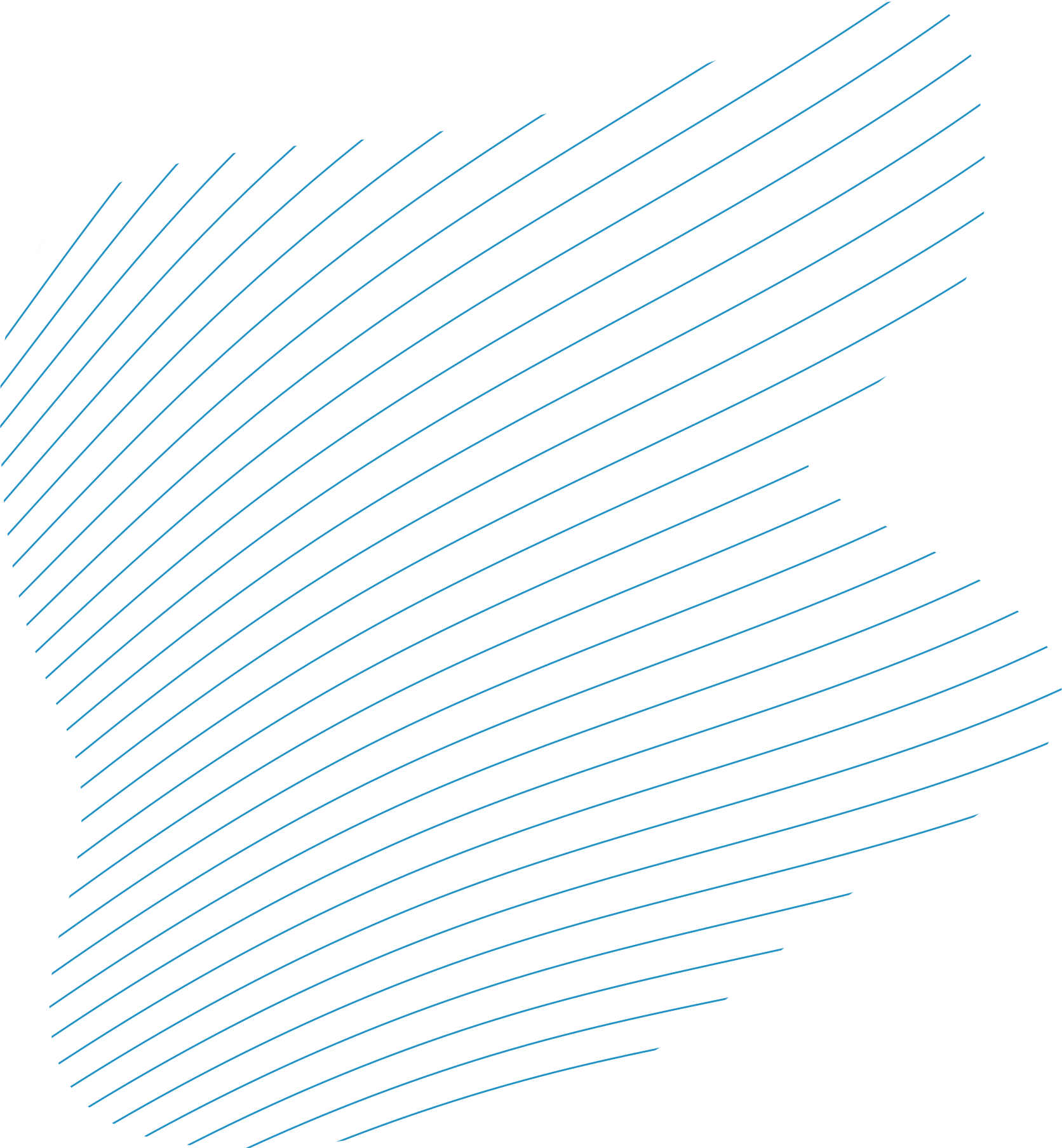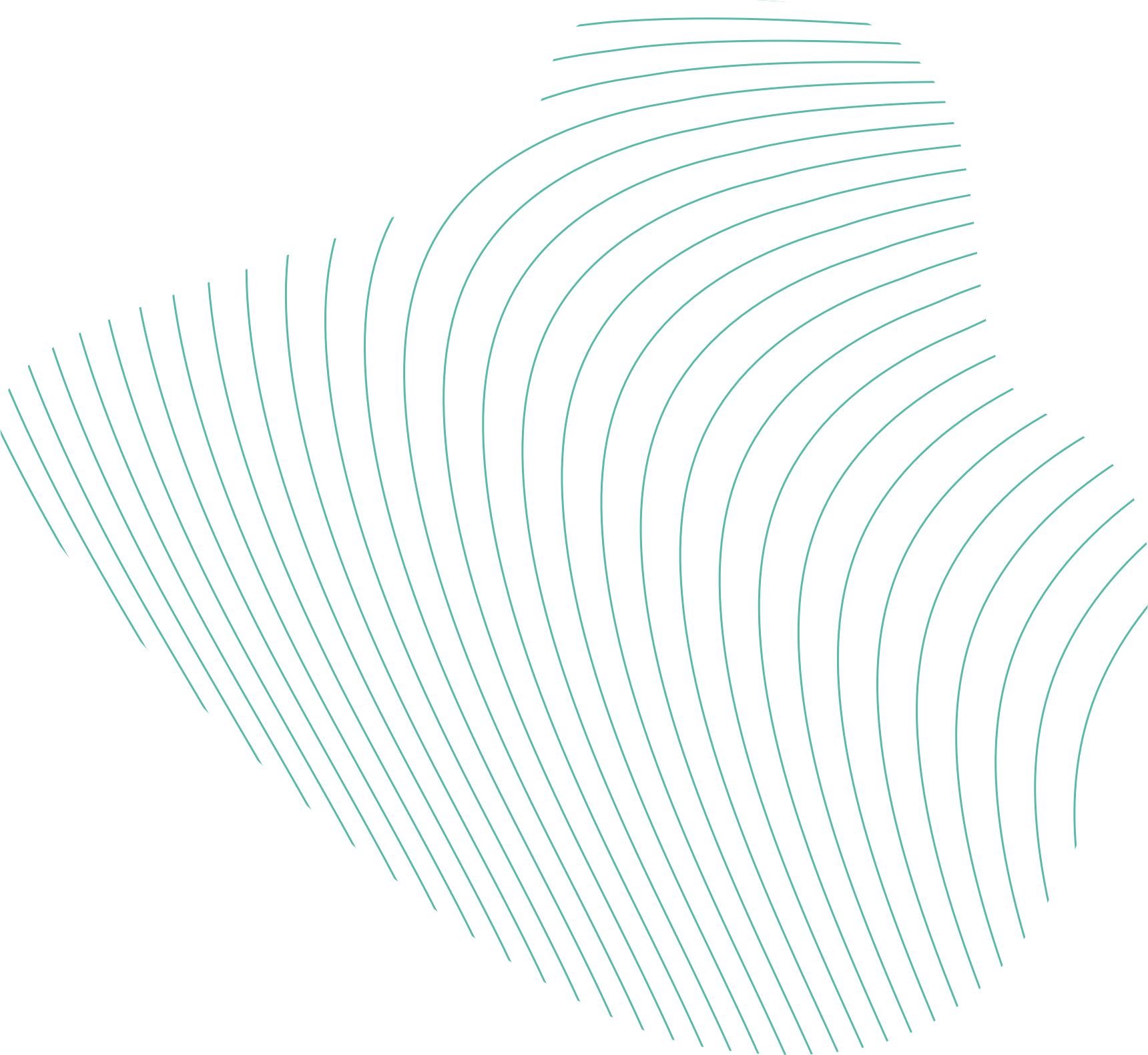


In the EU research project OCEAN, RWE uses carbon dioxide as a means to obtain an organic raw material, one that is used in metalworking or as a mild bleaching agent for wood: oxalic acid.
The OCEAN project aims to generate this acid from the simplest organic acid, formic acid. In the first stage, formic acid is produced using CO2, water and an electric current. But the system we are developing in collaboration with our partners can do even more. At the same time, it also uses an electrochemical process to convert a second source material into formic acid: glycerine, a by-product of fermentation processes and biodiesel production. In a second stage of preparation, formic acid is used to make oxalic acid, which has the potential to be an important raw material for the chemical industry when oil and gas are no longer being used.
The innovative electrolyser needed for the process is being tested at the Niederaussem Innovation Centre. Like a battery, it has a positive terminal (anode) and a negative terminal (cathode). The two terminals are separated by a membrane. A potassium hydroxide solution in which CO2 is decomposed flows around the cathode, and a glycerine solution flows around the anode. Formic acid is produced at both electrodes.
The CO2 is sourced from CO2 scrubbing in Niederaussem, which supplies carbon dioxide captured from power station flue gas for numerous research projects investigating ways to use CO2.
Eight partner firms from four countries (Netherlands, Germany, Italy and Belgium) have been working since October 2017 on this EU-funded project, which has a budget of €5.5 million. Initial laboratory trials proved successful. The electrolyser, about the size of a container, has been running for six months since autumn 2021. During this period our researchers have been subjecting the system to exhaustive testing by varying the different operating parameters.


